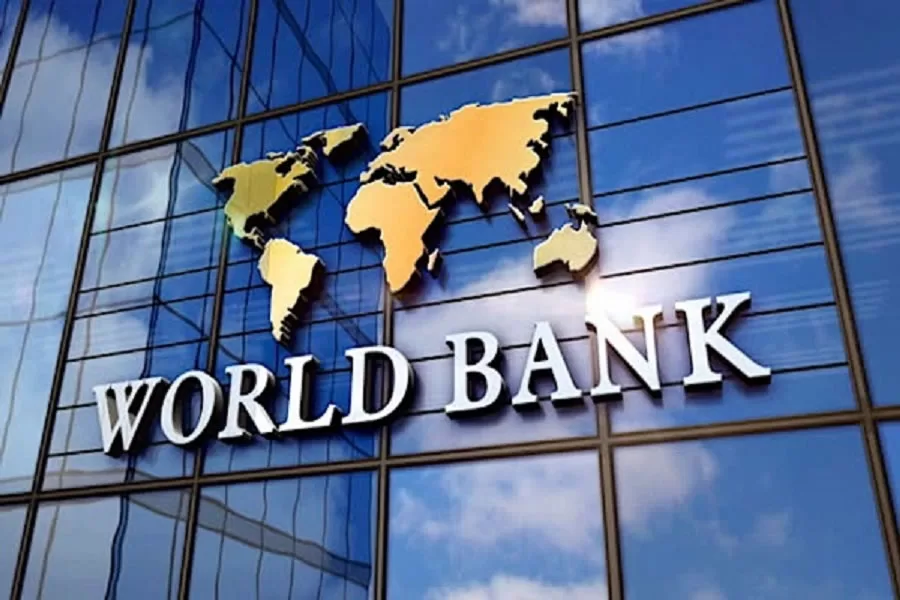Banks in 2023: In 2023, the world witnessed a catastrophic collapse of the banking industry, sending shockwaves throughout the global economy. The once stable and thriving banks found themselves on the brink of disaster, leaving many to wonder what went wrong and how such a dire situation came to be.
Several factors contributed to the collapse of the banks in 2023. One of the primary reasons was a combination of risky lending practices and excessive leveraging. Banks had been lending money to individuals and businesses with little regard for their ability to repay, leading to a massive accumulation of bad debt. Furthermore, these risky loans were often bundled together and sold as complex financial products, making it difficult to assess the true level of risk.
Additionally, the banks had become heavily reliant on short-term funding, which left them vulnerable to sudden liquidity crises. When confidence in the banking system waned, many depositors rushed to withdraw their funds, causing a severe strain on the banks’ ability to meet their obligations. The resulting liquidity crunch pushed several institutions to the brink of insolvency, forcing governments and central banks to intervene in a bid to stabilize the situation.
Another major contributing factor to the collapse was the rise of technological disruption in the banking sector. Fintech companies and digital payment platforms have begun to encroach on the traditional banking space, offering innovative and convenient alternatives to traditional banking services. This led to a loss of market share for the traditional banks, weakening their profitability and reducing their ability to weather economic downturns.
Furthermore, the pandemic and its economic aftermath exacerbated the vulnerabilities in the banking system. The prolonged period of low-interest rates and sluggish economic growth had eroded the banks’ margins, making it challenging for them to generate sustainable profits. As a result, the banks were ill-prepared to withstand the shock of a global economic downturn, leading to widespread failures and bailouts.
The collapse of the banks in 2023 had profound ripple effects across the global economy. Credit dried up, businesses struggled to access capital, and consumer confidence plummeted. Governments were forced to implement emergency measures to stabilize the banking system, including massive bailouts and financial stimulus packages.
As the dust settled, policymakers and regulators around the world pledged to overhaul the banking system to prevent a similar crisis from recurring. Stricter regulations were introduced to rein in risky lending practices and excessive leveraging, and efforts were made to enhance transparency and accountability within the industry. Moreover, there was a renewed focus on promoting financial stability and resilience, with increased investments in cybersecurity and risk management.
The collapse of the banks in 2023 serves as a sobering reminder of the fragility of the global financial system. It underscores the importance of prudent risk management and responsible governance within the banking industry and the need for constant vigilance to forestall potential crises. As the world continues to grapple with the fallout from this catastrophic event, it is imperative to learn from the mistakes of the past and build a more robust and resilient banking system for the future.
#Breaking #Collapse #Happened #Banks,
Credit: HealthSense



















